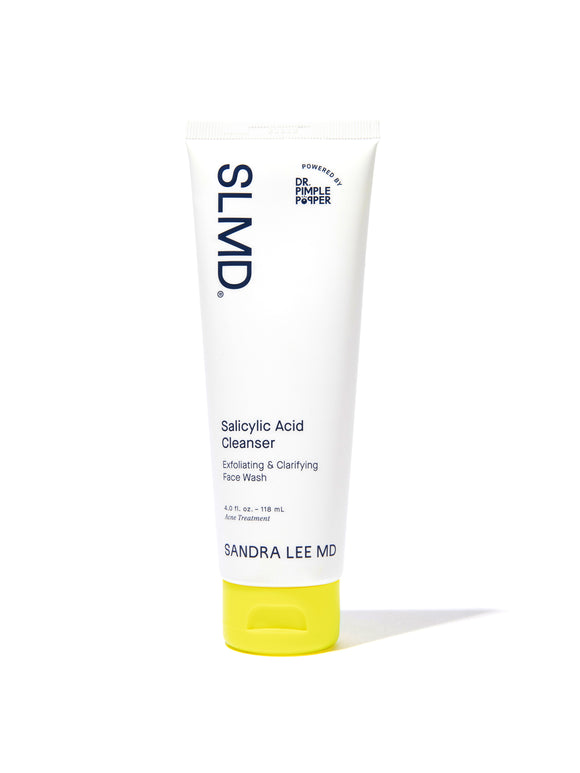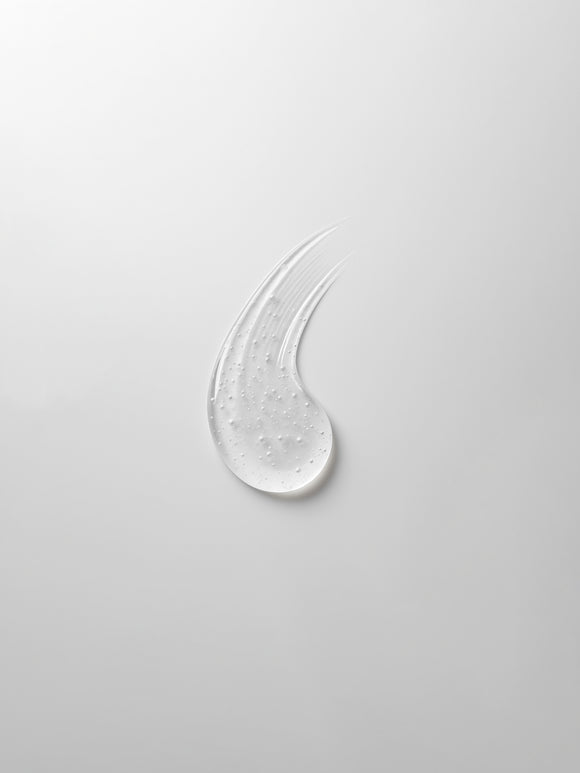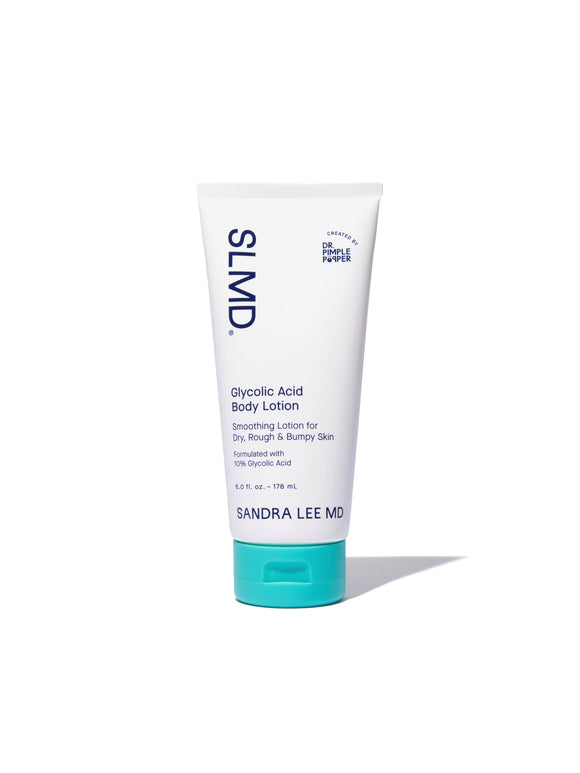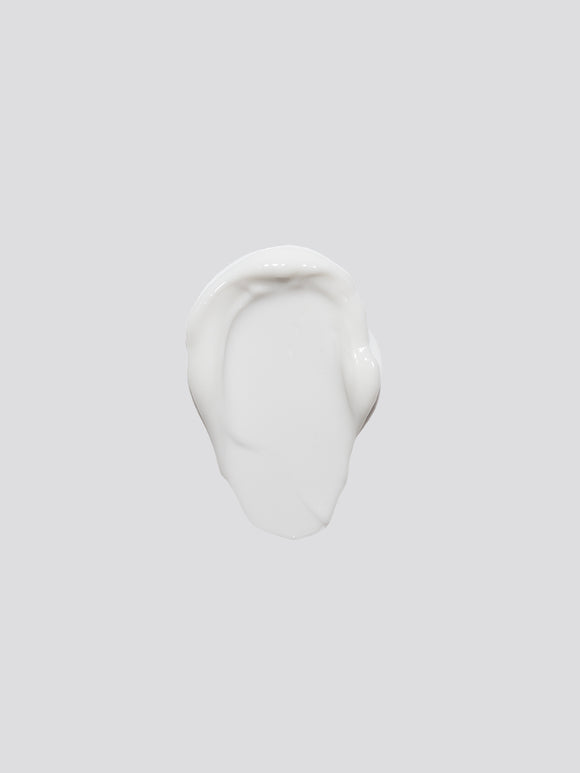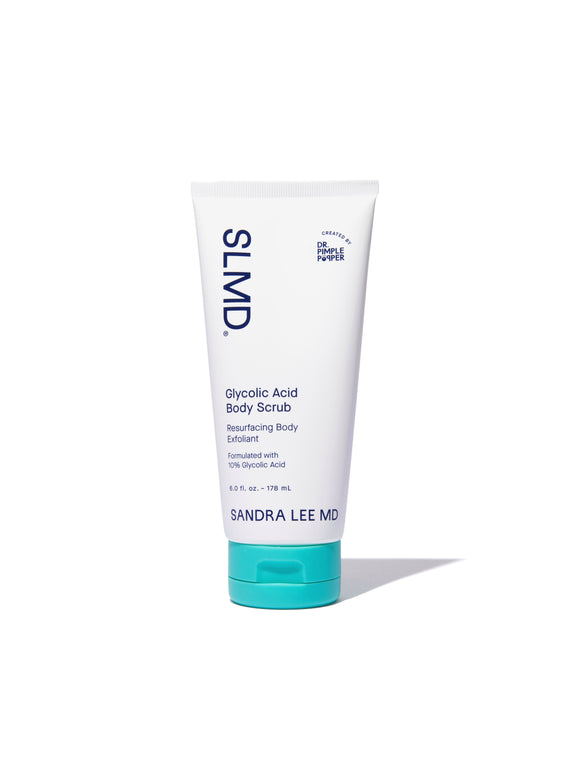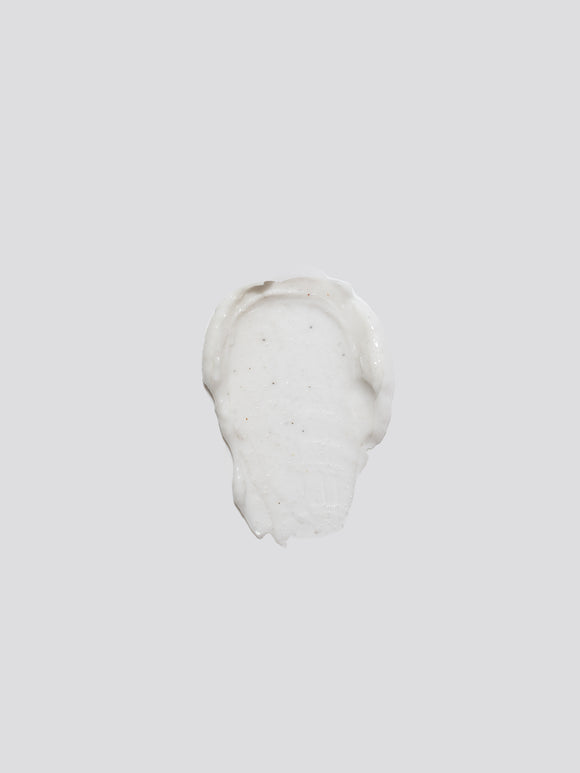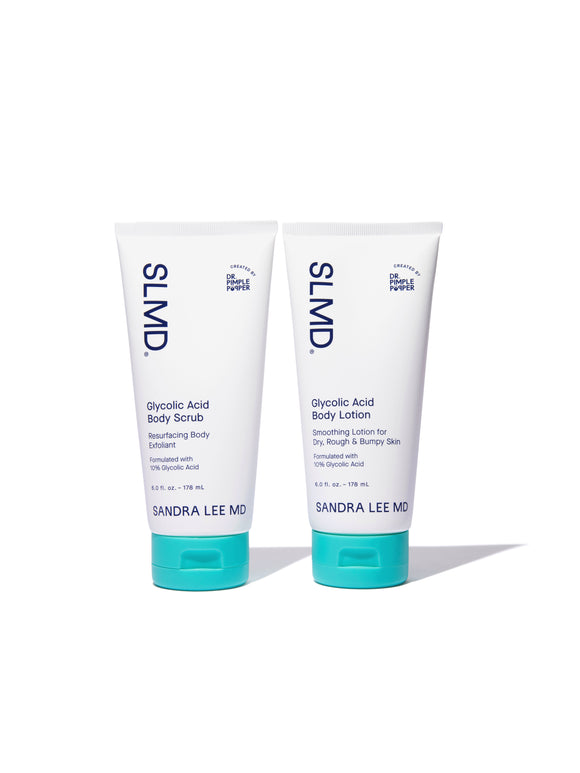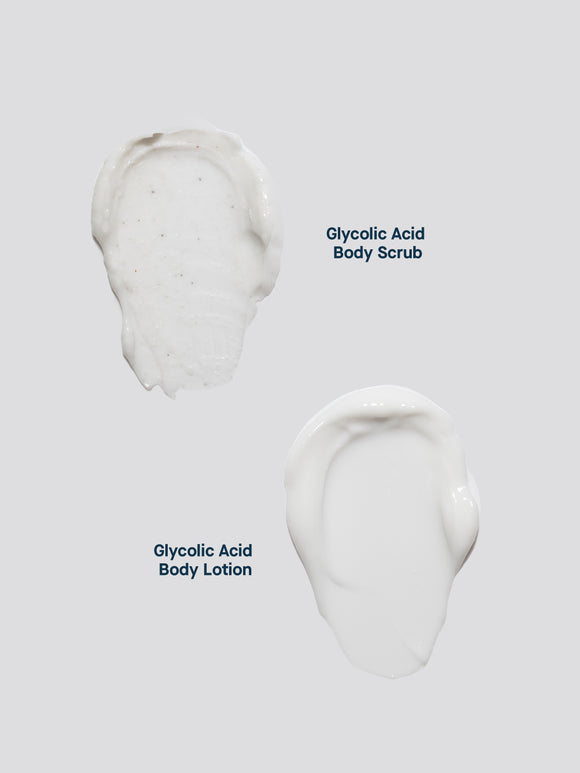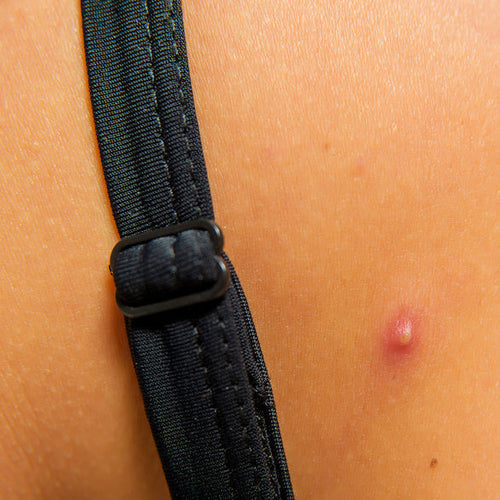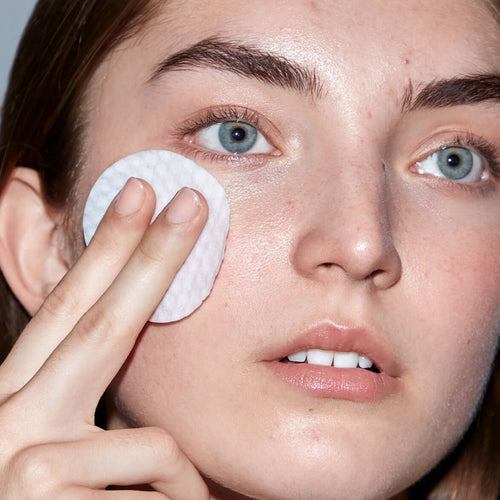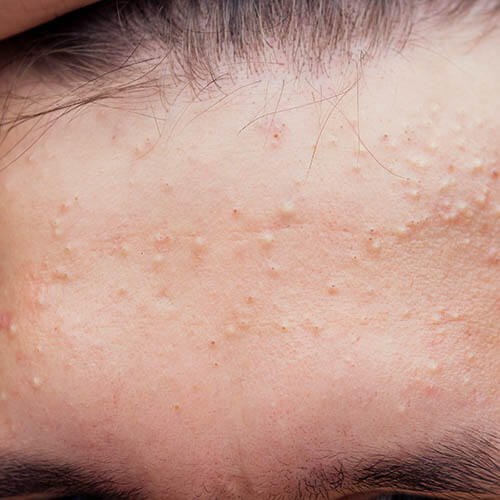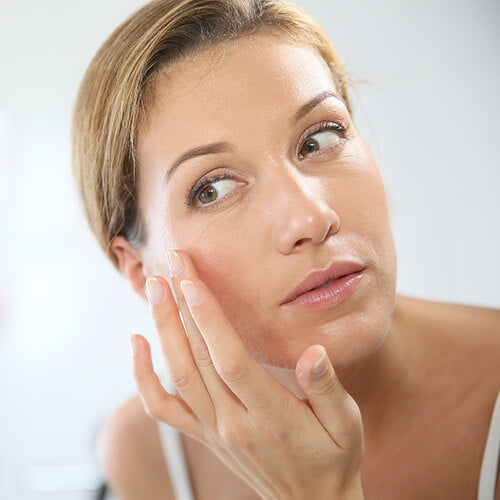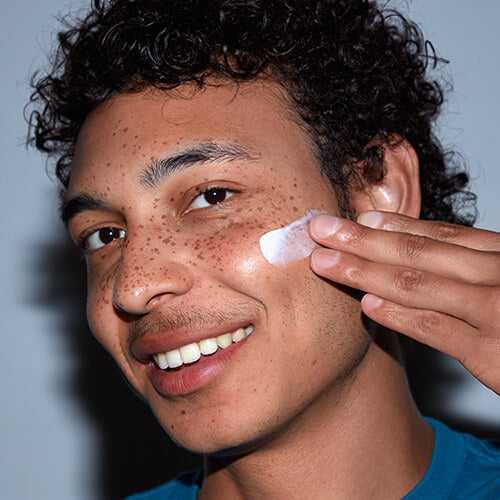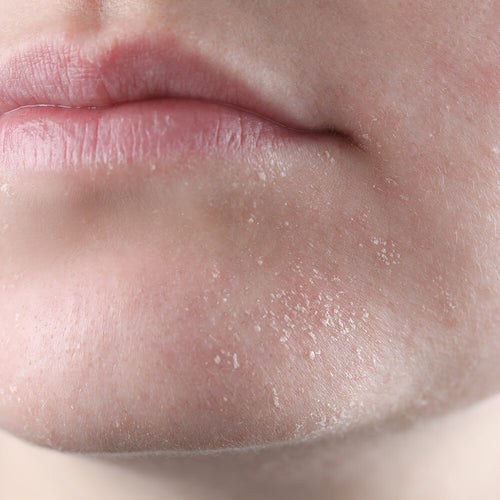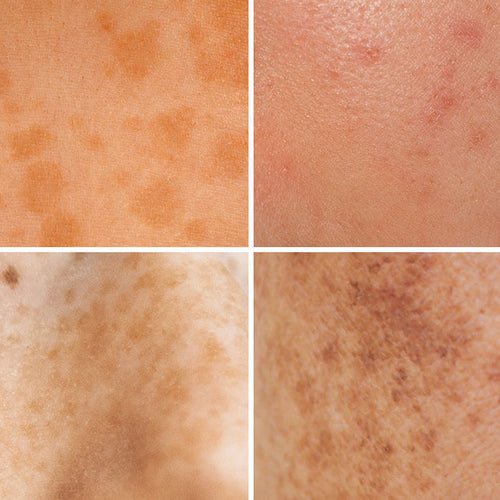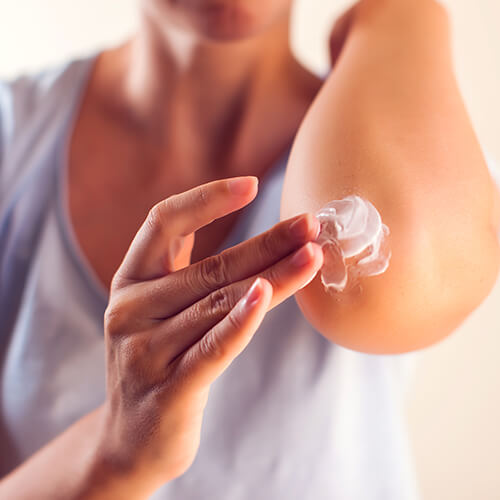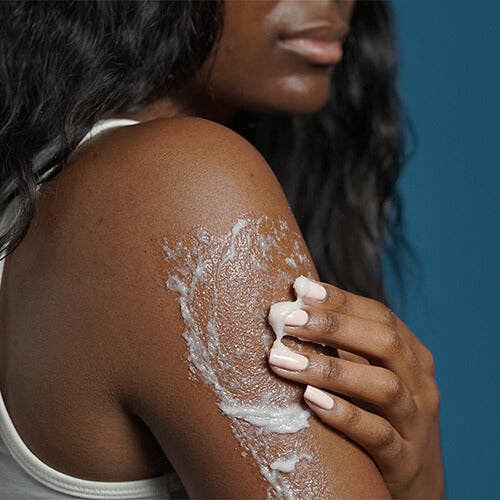
Spring Cleaning for Your Skin: How to Exfoliate for a Fresh Glow
Dr. Pimple Popper shares her top tips for shedding dull, dry winter skin.
Published:
4 minute read
As the seasons change, so do your skin’s needs. Just like you swap out winter coats for lighter layers, your skincare routine needs a refresh too. Exfoliating in spring is essential for removing winter buildup, promoting cell turnover, and revealing fresh, glowing skin.
But not all exfoliants are created equal — choosing the right one for your skin type and concerns can make all the difference. Board-certified dermatologist Sandra Lee, MD (aka Dr. Pimple Popper) breaks down how to exfoliate in spring for your healthiest skin yet.
Article Quick Links
Why does dead skin build up in winter?
During colder months, your skin’s natural processes slow down, leading to dehydration and buildup of dead cells. Here’s why:
- Lower temperatures slow down cell turnover
- Dry indoor heat increases moisture loss
- Hot showers impair the skin barrier
- Less humidity dehydrates and dulls skin
This results in dullness, rough texture, clogged pores, and uneven skin tone — making spring the perfect time to reset with exfoliation.
Spring exfoliation: why it’s essential
Exfoliation helps your skin:
- Shed dead cells faster for a brighter, more even complexion
- Unclog pores and minimize breakouts caused by increased springtime oil production
- Improve skincare absorption — hydrators and antioxidants work better on freshly exfoliated skin
- Reduce post-winter dullness and dryness by promoting smoother, healthier skin
Dr. Pimple Popper's Springtime Exfoliating Picks
How to exfoliate for spring: best ingredients
Not all exfoliants are the same — choosing the right concentration is just as important as choosing the right ingredient. Start with a lower concentration and gradually increase usage based on your skin's tolerance to avoid irritation. Here's how to find the best exfoliant for your skin concerns and incorporate it into your routine.
Salicylic acid
Best for: clogged pores, breakouts, and excess oil
A beta hydroxy acid (BHA) that penetrates deep into pores to dissolve excess oil and dead skin cells, helping to clear breakouts and refine skin texture. Unlike AHAs, its oil-soluble properties make it effective at preventing congestion without over-drying.
- Why it's essential in spring: warmer weather can trigger excess oil production
- How it works: exfoliates inside pores to keep them clear and balanced
- How to use: works well in cleansers for daily use, or as a targeted treatment
- SLMD Skincare pick: Salicylic Acid Cleanser, AHA/BHA Swipes
Glycolic acid
Best for: dullness, rough texture, and uneven tone
An alpha hydroxy acid (AHA) that dissolves dead skin cells to reveal smoother, more radiant skin. It also boosts hydration and fades uneven texture, making it an ideal choice for minimizing signs of premature aging.
- Why it's essential in spring: winter can leave behind dry, rough skin
- How it works: breaks down dead skin cell bonds for gentle exfoliation
- How to use: start with 2-3 times per week, increasing as tolerated
- SLMD Skincare pick: AHA/BHA Swipes, Glycolic Acid Body Scrub, Glycolic Acid Body Lotion
Retinol
Best for: fine lines, discoloration, and post-breakout marks
A vitamin A derivative that accelerates skin renewal, improving texture and fading discoloration. While not a true exfoliant, it works by speeding up cell turnover, making it a great complement to other exfoliants when used on alternating nights.
- Why it's essential in spring: helps fade post-winter dullness
- How it works: encourages skin renewal for smoother, more even-looking skin
- How to use: alternate with acids to avoid irritation and maximize results
- SLMD Skincare pick: Retinol Resurfacing Serum
Dr. Pimple Popper’s tips for exfoliating safely in spring
- Always wear sunscreen. Exfoliating removes dead cells, making your skin more vulnerable to UV damage. Try: SLMD Daily Moisturizer with SPF 15
- Hydration is key. Exfoliation can strip moisture, so follow up with a hydrating product. Try: SLMD Hyaluronic Acid Serum
- Ease into it. If you’ve been skipping exfoliation all winter, start slowly — 2–3 times per week — and adjust based on how your skin reacts.
- Pair wisely. Avoid using strong exfoliants and retinol on the same night to prevent irritation.
Spring skincare FAQs: how to exfoliate the right way
Q: What’s the best way to exfoliate without damaging my skin?
A: Over-exfoliation can weaken the skin barrier, leading to irritation. To exfoliate safely, use a gentle chemical exfoliant like salicylic acid or glycolic acid 2-3 times per week, depending on your skin type. If you’re new to exfoliation, start slowly and watch for signs of sensitivity.
Q: Does exfoliating help with seasonal breakouts?
A: Yes! Warmer weather increases oil production, sweat, and sunscreen buildup, which can clog pores. Beta hydroxy acids (BHAs) like salicylic acid help clear breakouts, while alpha hydroxy acids (AHAs) smooth texture and fade post-acne marks.
Q: Can I exfoliate my body in spring?
A: Absolutely — body exfoliation is key for preventing ingrown hairs, body breakouts, and rough strawberry skin as we transition to warmer months. Glycolic acid body scrubs or lotion-based exfoliants help smooth and hydrate skin, making them perfect for springtime.
Q: Should I stop exfoliating if I have sensitive skin?
A: Not necessarily! Sensitive skin can still benefit from exfoliation — just start slow. Patch test first, and introduce gentle exfoliants once a week. Watch for signs of irritation, and always follow up with a hydrating, soothing moisturizer to keep your skin balanced.

Dr. Lee's Last Word
Spring is the perfect time to refresh your skincare routine. Exfoliating is key for getting rid of winter buildup and keeping your skin smooth, clear, and glowing. Just remember: don’t overdo it, and always follow up with sunscreen and hydration.





